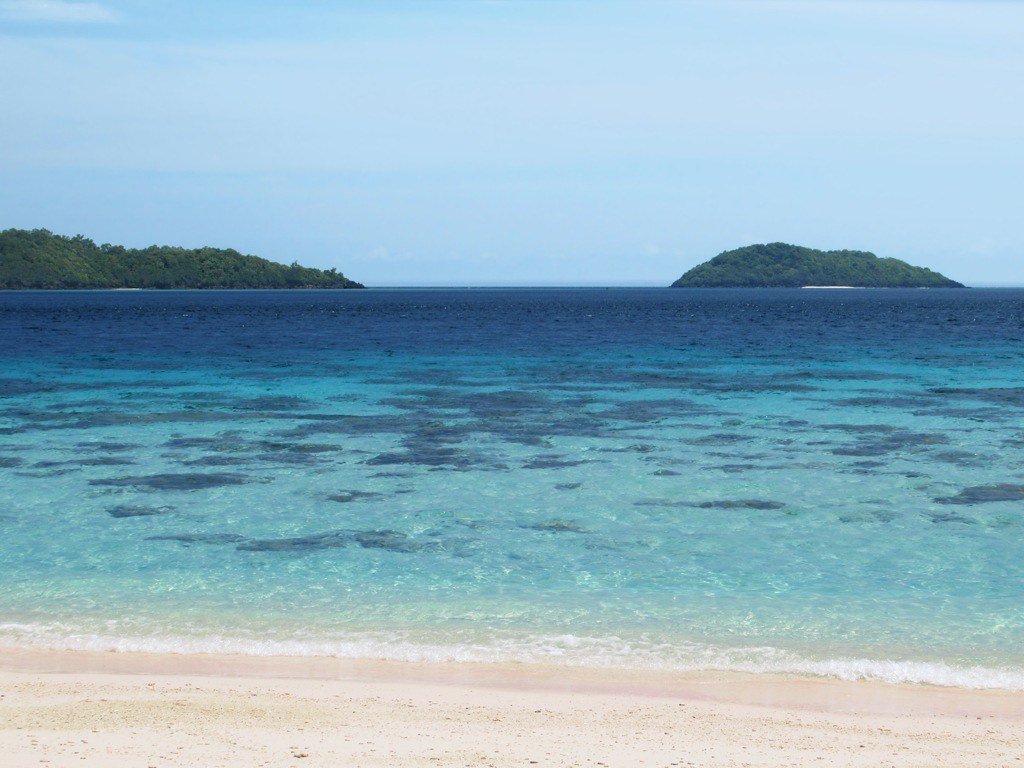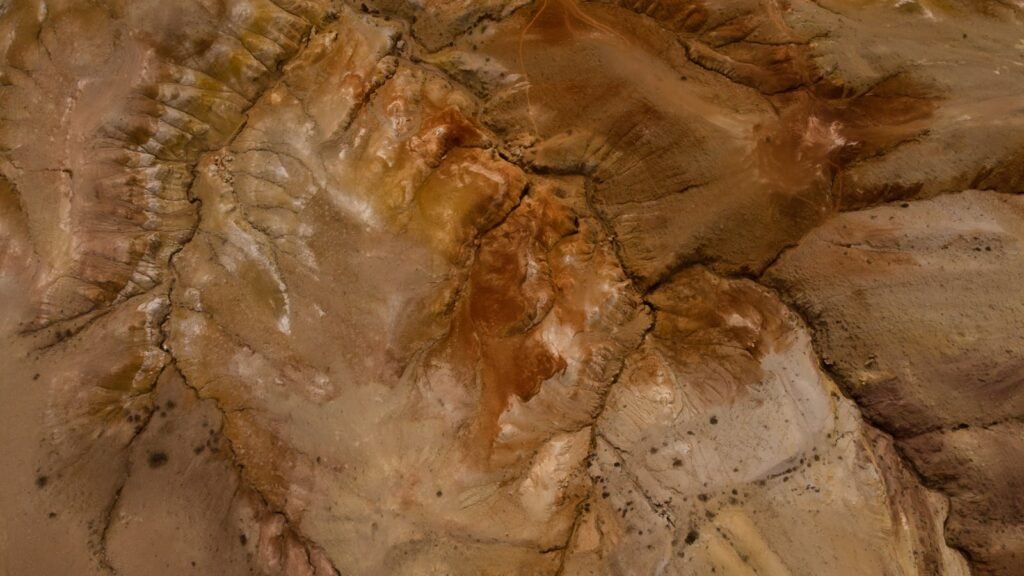Exploring the depths of the Earth’s vast oceans reveals a world full of wonder and mystery, especially within regions like Indonesia’s Coral Triangle. This extraordinary area isn’t just a feast for the eyes with its breathtaking beauty; it’s also a crucial biodiversity hotspot teeming with a myriad of deep-sea creatures, some of which are found nowhere else on the planet. Let’s dive deep into the Coral Triangle and discover the unique and astonishing marine life it supports.
Understanding the Coral Triangle
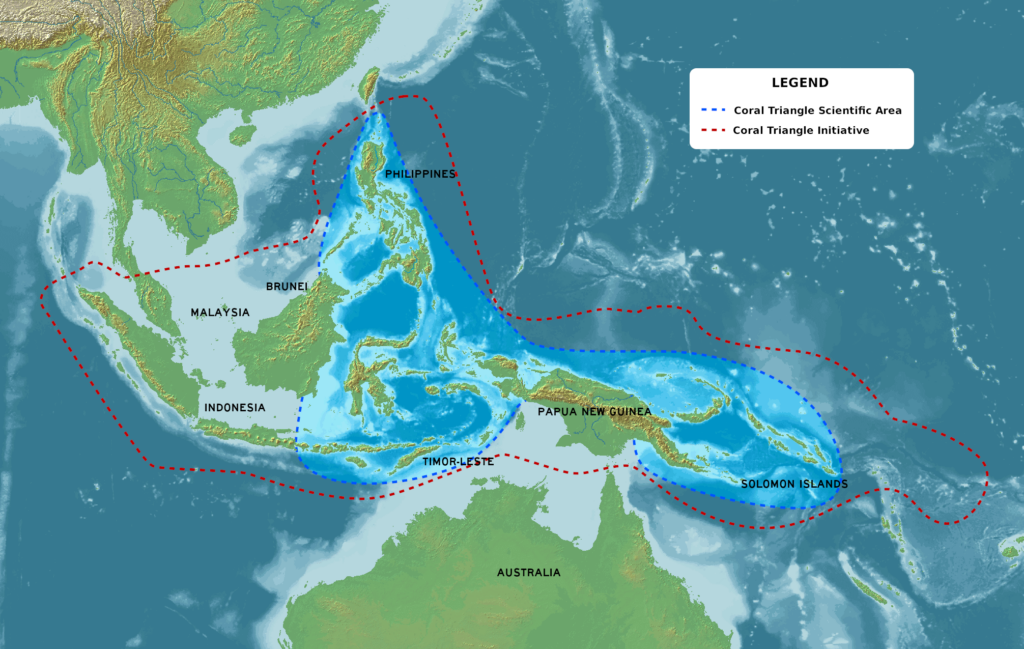
The Coral Triangle is a marine area located in the western Pacific Ocean, encompassing the waters of Indonesia, Malaysia, the Philippines, Papua New Guinea, Timor-Leste, and the Solomon Islands. This region is known for its exceptionally high marine biodiversity, often termed the “Amazon of the seas.” Covering just 1.6% of the world’s oceanic area, it harbors more than 600 species of reef-building corals and 2,000 species of reef fish, along with countless other marine organisms.
The Vibrant Coral Reefs
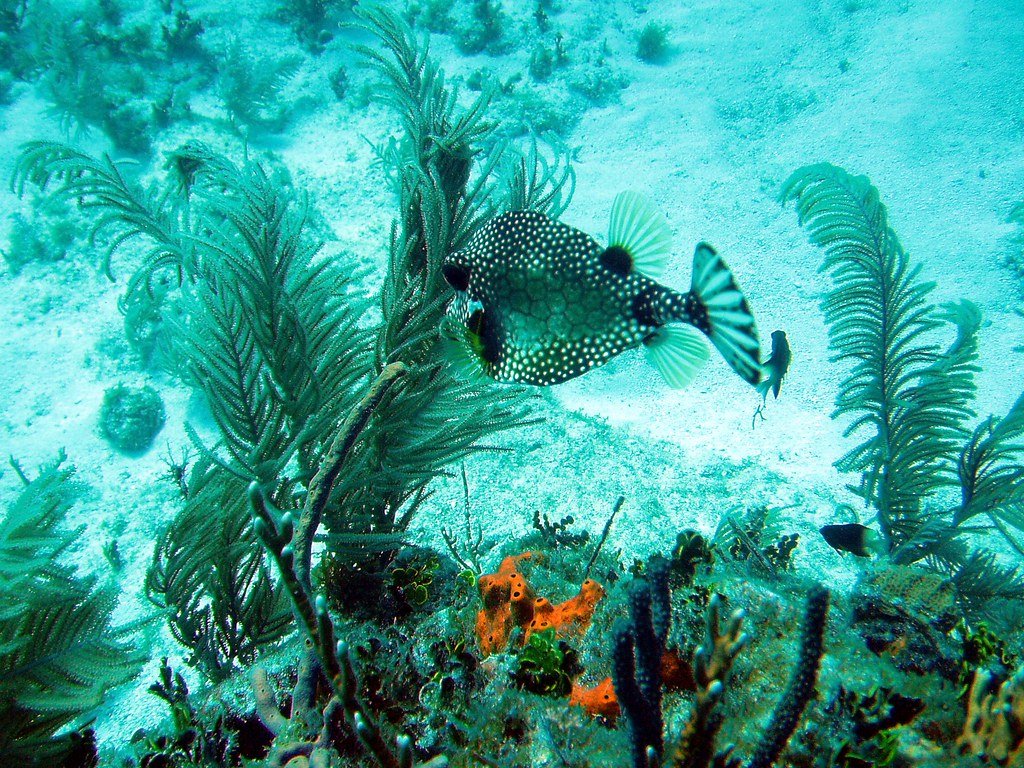
The heart of this underwater paradise lies in its vibrant coral reefs. These structures are not just spectacular to view; they serve as essential habitats and breeding grounds for many species. The reefs of the Coral Triangle provide shelter, food, and protection, forming the backbone of this rich marine ecosystem.
Unique Deep-Sea Inhabitants
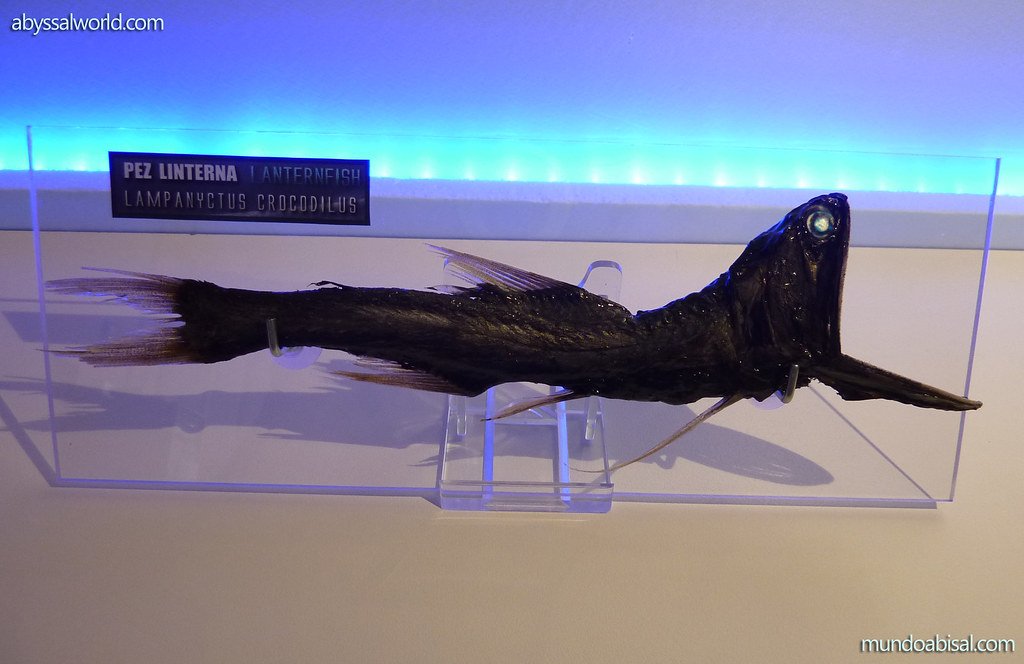
Among the fascinating inhabitants of the Coral Triangle are its deep-sea creatures. From the bioluminescent lanternfish to the elusive coelacanth, the depths are home to species that have adapted to extreme conditions with incredible evolutionary traits. These adaptations include bioluminescence, specialized predation techniques, and remarkable sensory enhancements.
The Mysterious Dumbo Octopus

One of the most whimsical creatures found in the waters of the Coral Triangle is the Dumbo octopus. Named for its ear-like fins that resemble the famous Disney character, this octopus glides through the water with grace. Dwelling at depths of over 3,000 meters, it is rarely observed by humans, adding to its mystique.
Bioluminescence: Nature’s Light Show

Bioluminescence is a common phenomenon among the deep-sea dwellers of the Coral Triangle. Species like jellyfish, certain sharks, and various fish have developed the ability to produce light, which can serve multiple purposes: attracting prey, deterring predators, and facilitating communication in the pitch-black ocean depths.
The Ancient Coelacanth
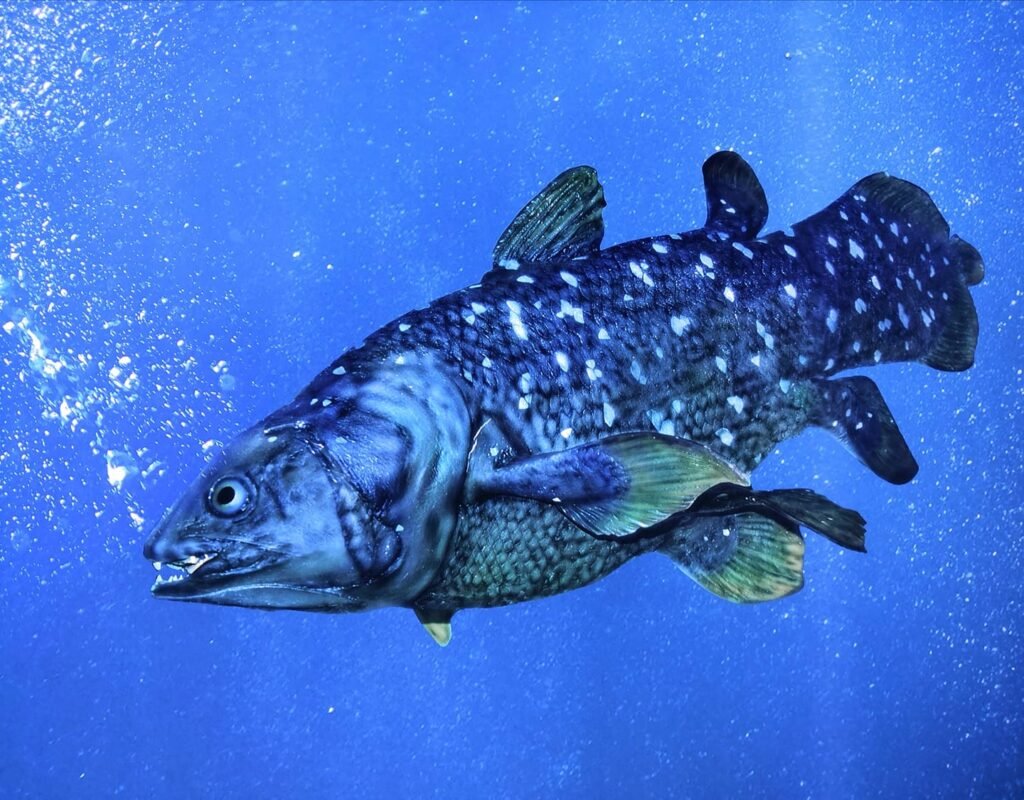
Once believed to be extinct, the coelacanth is a prehistoric fish that can be found in the depths of the Coral Triangle’s waters. With its lobed fins and distinctive scales, the coelacanth hasn’t changed much over millions of years, offering scientists a unique glimpse into the evolutionary history of vertebrates.
Caring for the Coral Triangle
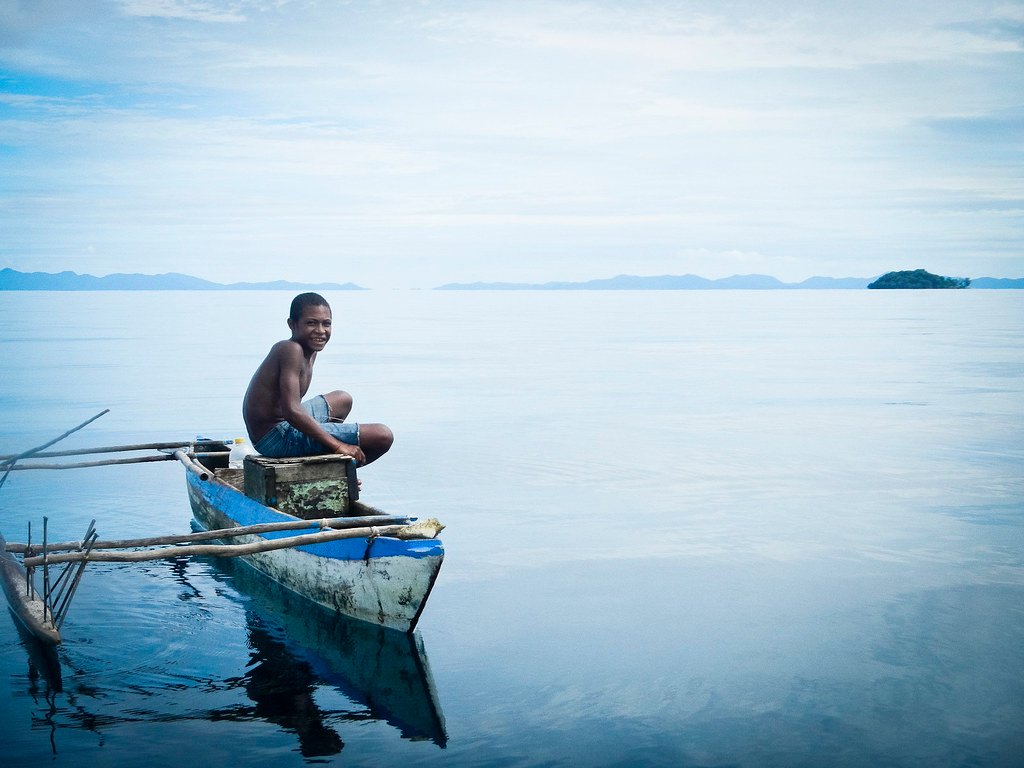
Protecting the unique marine life of the Coral Triangle is vital. These ecosystems are highly sensitive to threats such as climate change, overfishing, and pollution. Conservation efforts are essential for preserving this underwater paradise. Marine protected areas and sustainable fishing practices are among the measures being implemented to safeguard this region’s future.
Human Impact and Conservation Efforts
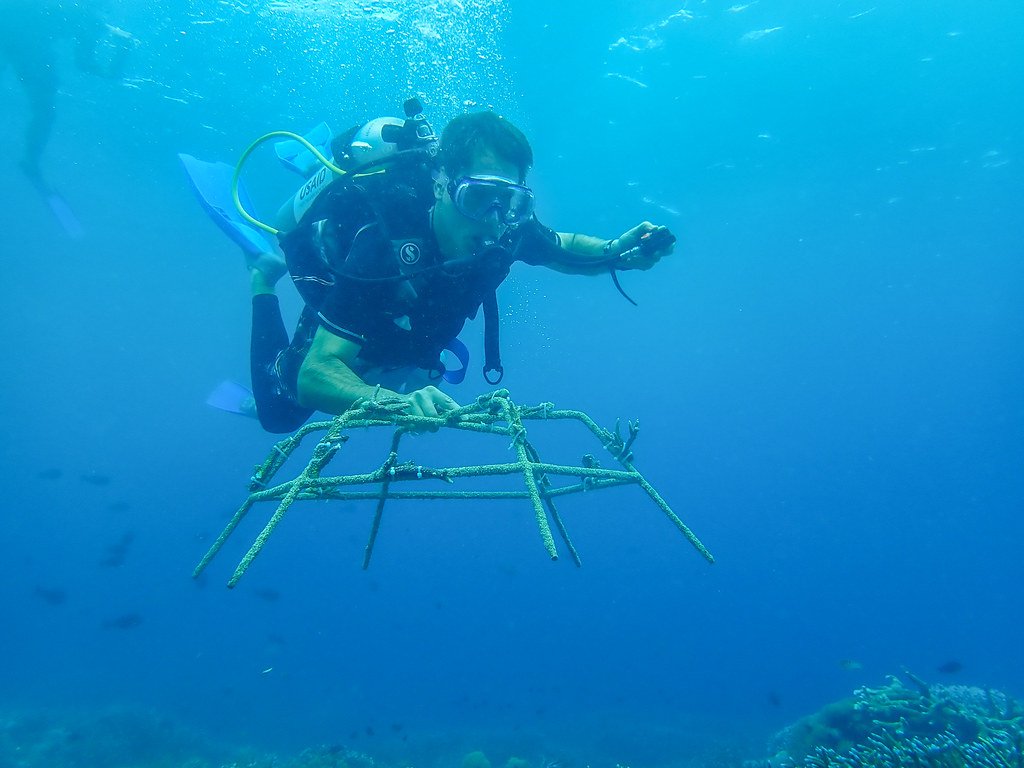
Human activities have both directly and indirectly threatened the Coral Triangle’s biodiversity. However, countries within the region, along with international organizations, are working tirelessly to mitigate these threats. By promoting sustainable practices and increasing awareness, they aim to ensure the resilience of these remarkable ecosystems.
A Haven for Marine Researchers
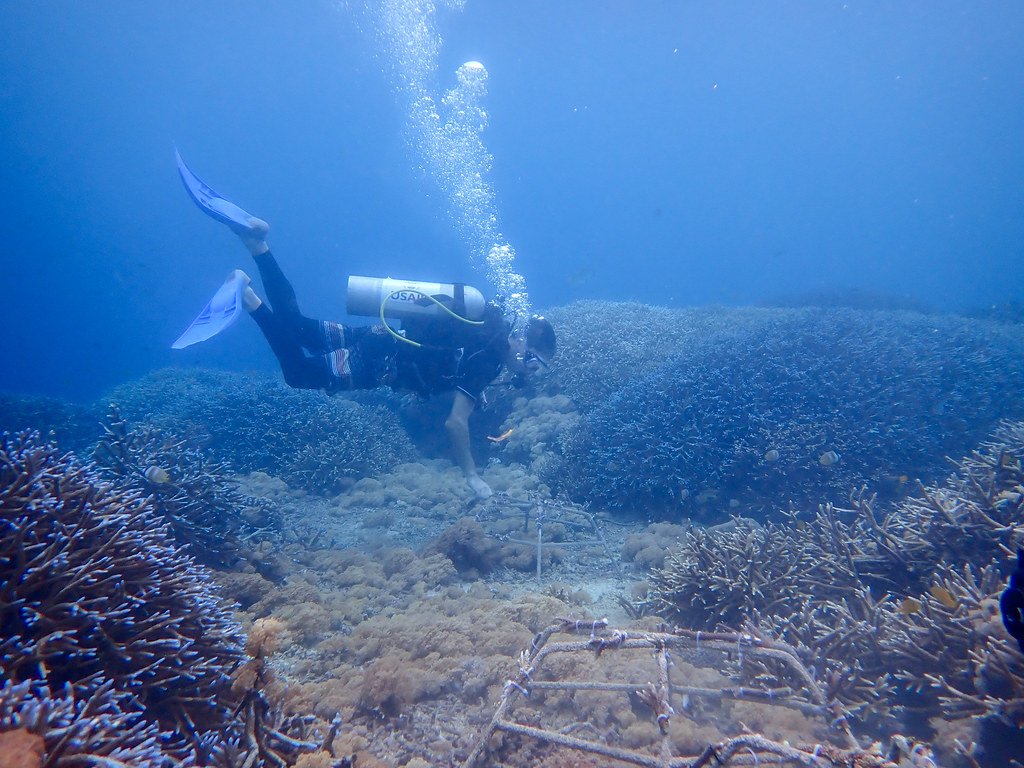
The Coral Triangle serves as a living laboratory for scientists. Its vast biodiversity provides endless opportunities for research and discovery. Studying this region helps scientists understand marine ecosystems’ complexities, offering insights into broader global environmental processes.
The Importance of the Coral Triangle to Global Biodiversity
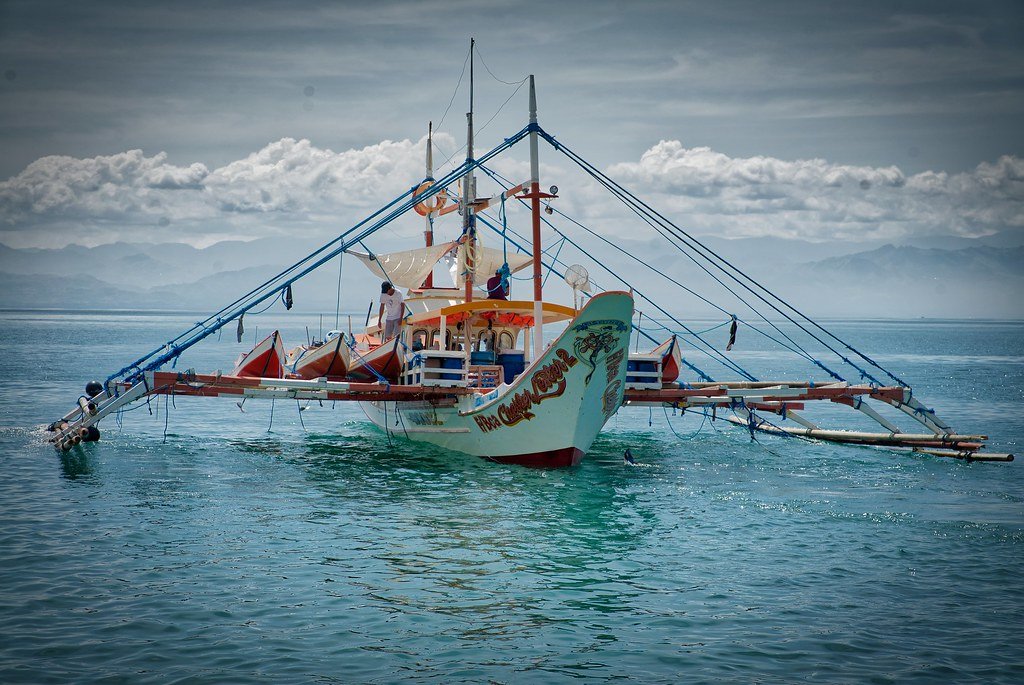
The Coral Triangle’s contribution to global marine biodiversity cannot be overstated. It supports a wide array of species, some of which are endemic to the region. The ecological health of this area has a ripple effect, affecting marine life well beyond its boundaries. Preserving its integrity is crucial for maintaining global biodiversity.
Conclusion
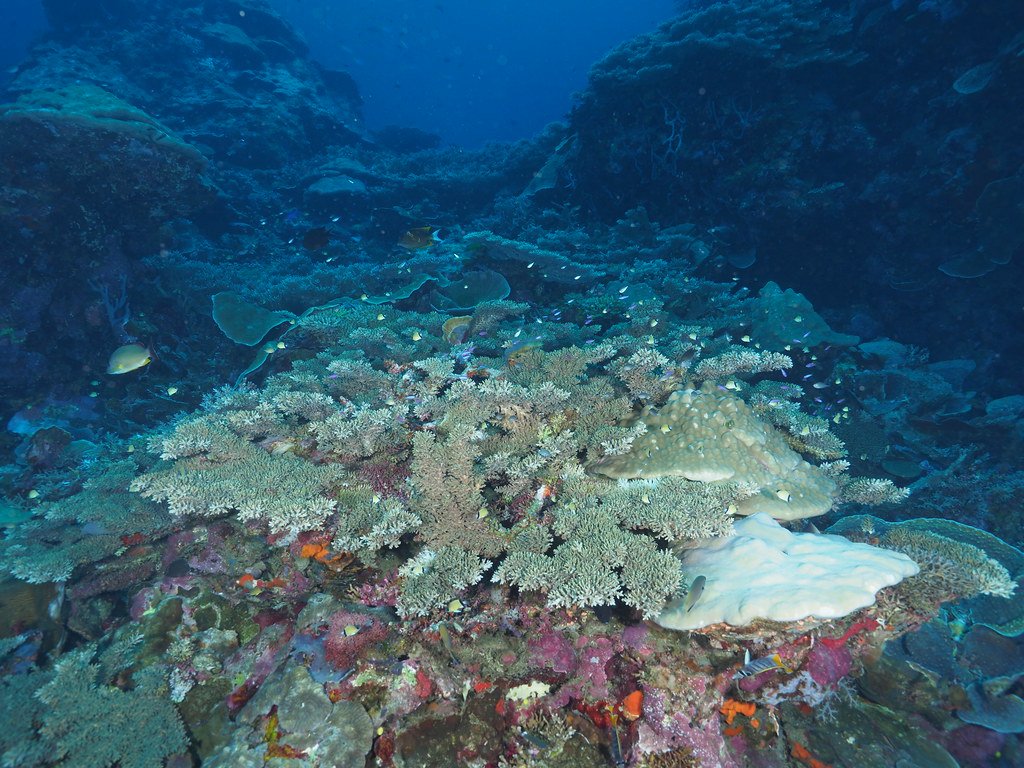
The Coral Triangle is not just a region of unparalleled beauty; it is a critical hotspot for marine biodiversity with global significance. Its deep-sea inhabitants, often shrouded in mystery, highlight the marvels of evolution and adaptation. By understanding, appreciating, and protecting this unique environment, we ensure that its treasures can be shared with future generations. The Coral Triangle stands as a testament to the wonders of our planet’s oceans, reminding us of the delicate balance we must uphold between human activity and environmental conservation.

